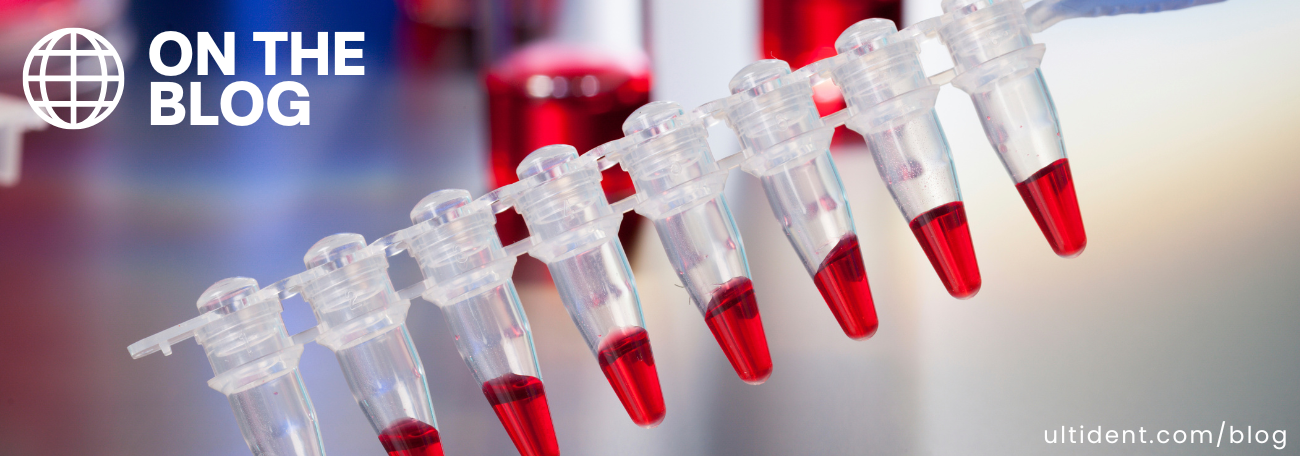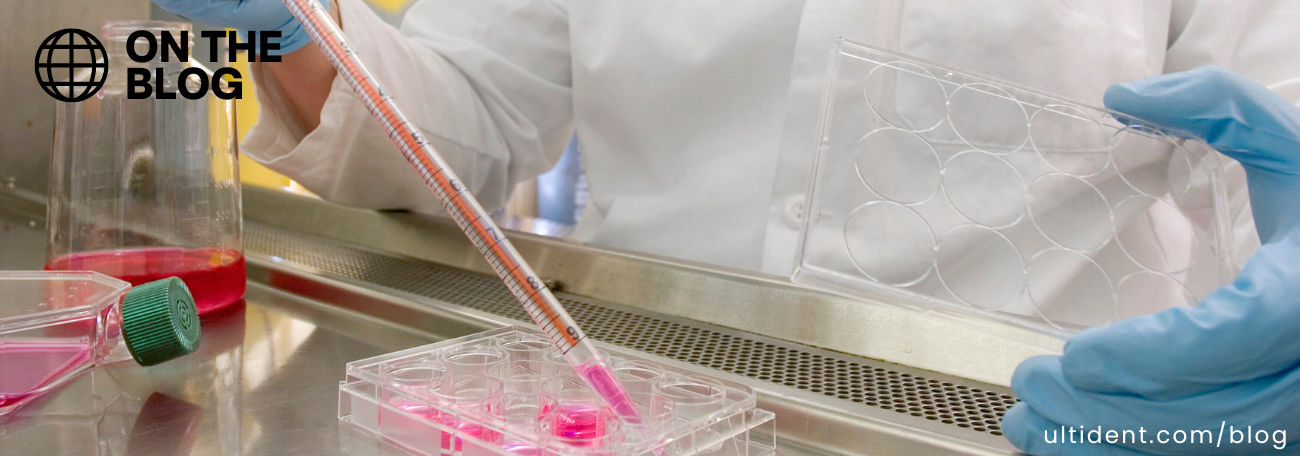5 Future Trends in Lab Equipment


5 Future Trends in Lab Equipment
Advancements in technology can have a big impact on how laboratory technicians, scientists, and students work in labs. Here we examine the impact of these new innovations and investigate new trends that will increase the capacity, efficiency, and accuracy of laboratory capabilities.
1- Automation
Tasks that were once complex, precise, and slow can now be accomplished in short periods of time and with greater accuracy. Many Labs are implementing robotic equipment and automation strategies to capitalize on technologies that can enable more efficient processes. Together these processes increase productivity (something we know is essential with the increased demand for high-throughput screening), elevate data quality and reduce process cycle times. As equipment manufacturers continue to develop faster, more affordable tools the automated lab is becoming more accessible to researchers.
2- Analytics
This shift towards automation has been coupled with a rapid accumulation of data. This means research organizations are turning to electronic processes to store and analyse their data. With this we are seeing an increase in focus on analytics over lab techniques. With all this data, scientists are increasingly able to use machine learning and artificial intelligence algorithms to not only analyse but make accurate predictions. Scientists are finding more applications for artificial intelligence and can make advancements in time frames previously believed to be impossible.
In terms of lab equipment this means that space which was once reserved for traditional lab equipment is being replaced with tools that ease the processing and visualization of data such as large format screens and interactive touch walls.
3- Sustainability
Labs are beginning to realise that choosing to be eco friendly is not about following a trend. It’s about preserving the earth for future generations, something which is at the core of much research and resonates personally with scientific professionals. Finding ways to reduce waste can also help save the lab money, a benefit everyone can appreciate.
While some labs can use biodegradable consumables, the stability of biodegradable plastics can be detrimental to many lab applications. Instead, many research facilities are focussing their sustainability initiatives in two domains: (1) purchasing and maintenance and (2) efficient use of resources. Purchasing and maintenance includes opting to buy products which are not individually wrapped when possible, purchasing energy saving equipment, consolidating orders and regular maintenance sessions on lab equipment. In terms of efficiently of resources; the gradual shift towards smaller pieces of equipment and automation means labs can use less product and reduce waste to obtain the same results. Researchers can also turn off equipment when it is not in use and reduce their paper and water consumption.
4- Collaboration
While collaboration and project based science education has been the norm in university settings for a while, we are now seeing that move towards professional environments as well.
Supported by electronic processes, one of the greatest scientific achievements of the past year was the collaboration between scientists which allowed for a covid-19 vaccine to be delivered in record time. Researchers are seeing that working alone will only get you so far and that there is an increasing need for a multidisciplinary approach to problem solving. Three ways labs are beginning to promote collaboration is by (1) creating open design labs as well as promoting virtual collaboration (2) making work in progress visible to allow groups to share work and inspire other teams (3) equipping spaces with tools and technology to support collaboration as the need arises.
5- Flexibility
Since more physical space is being dedicated to data visualization and collaboration, there is less space for traditional lab equipment. Modular, compact, and configurable equipment which allows for multiple applications is replacing equipment with specific metrics. For example, configurable or one-size-fits-all test tube racks takes up less space than having multiple test tube racks with different dimensions for different test tubes. Other flexible equipment includes one-size-fits-all silicone stoppers, mobile workstations, height adjustable work benches and quick-change lab carts.





